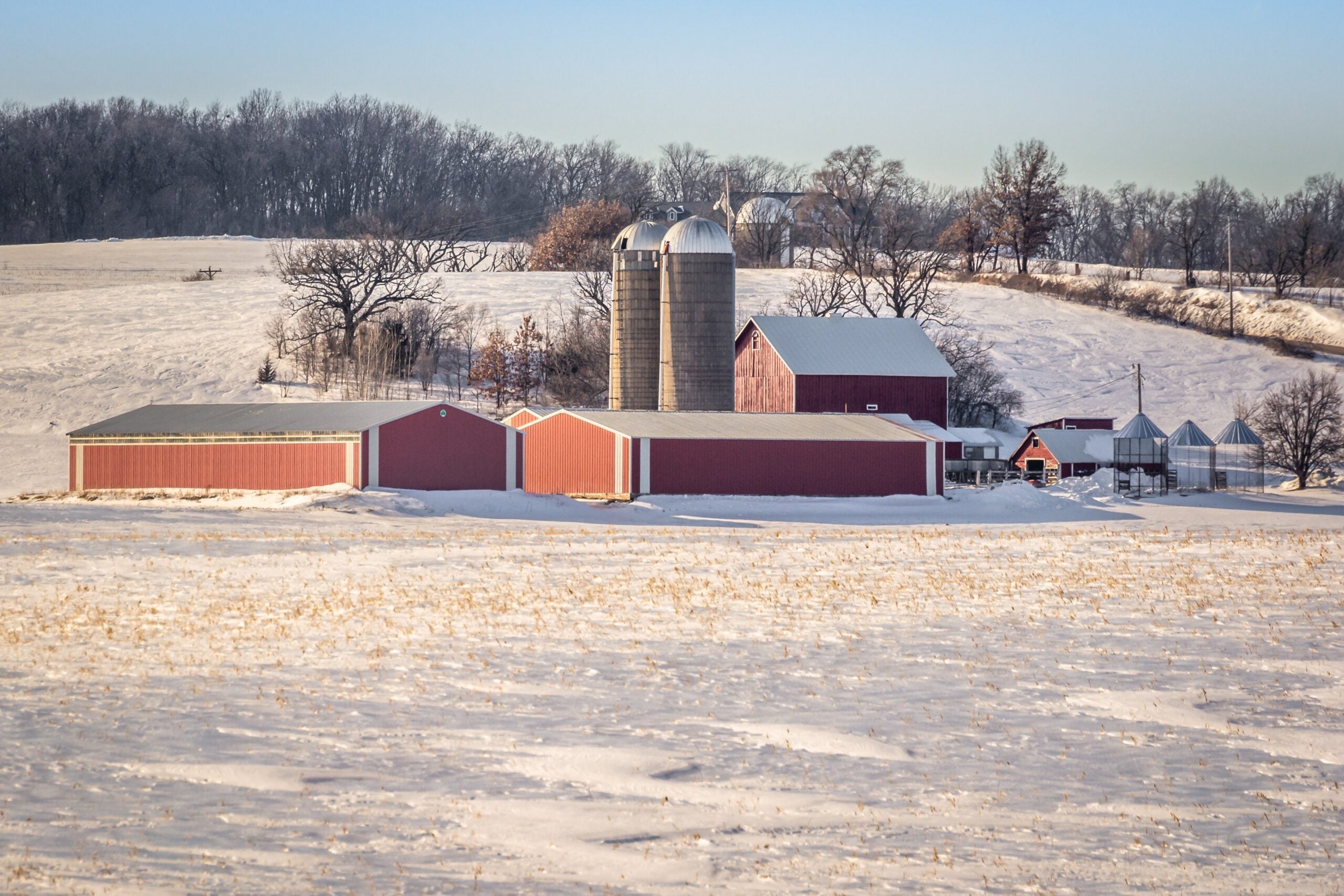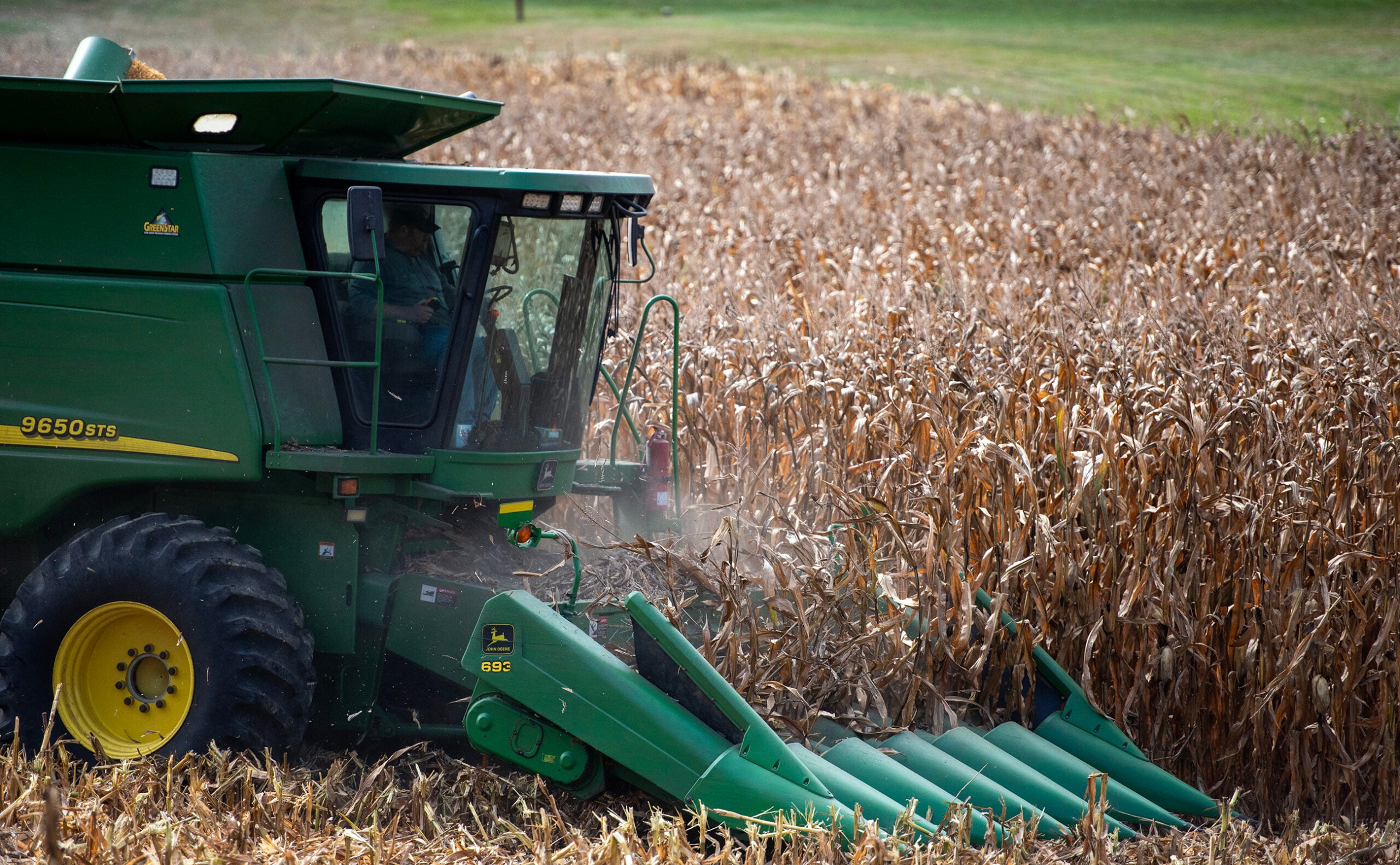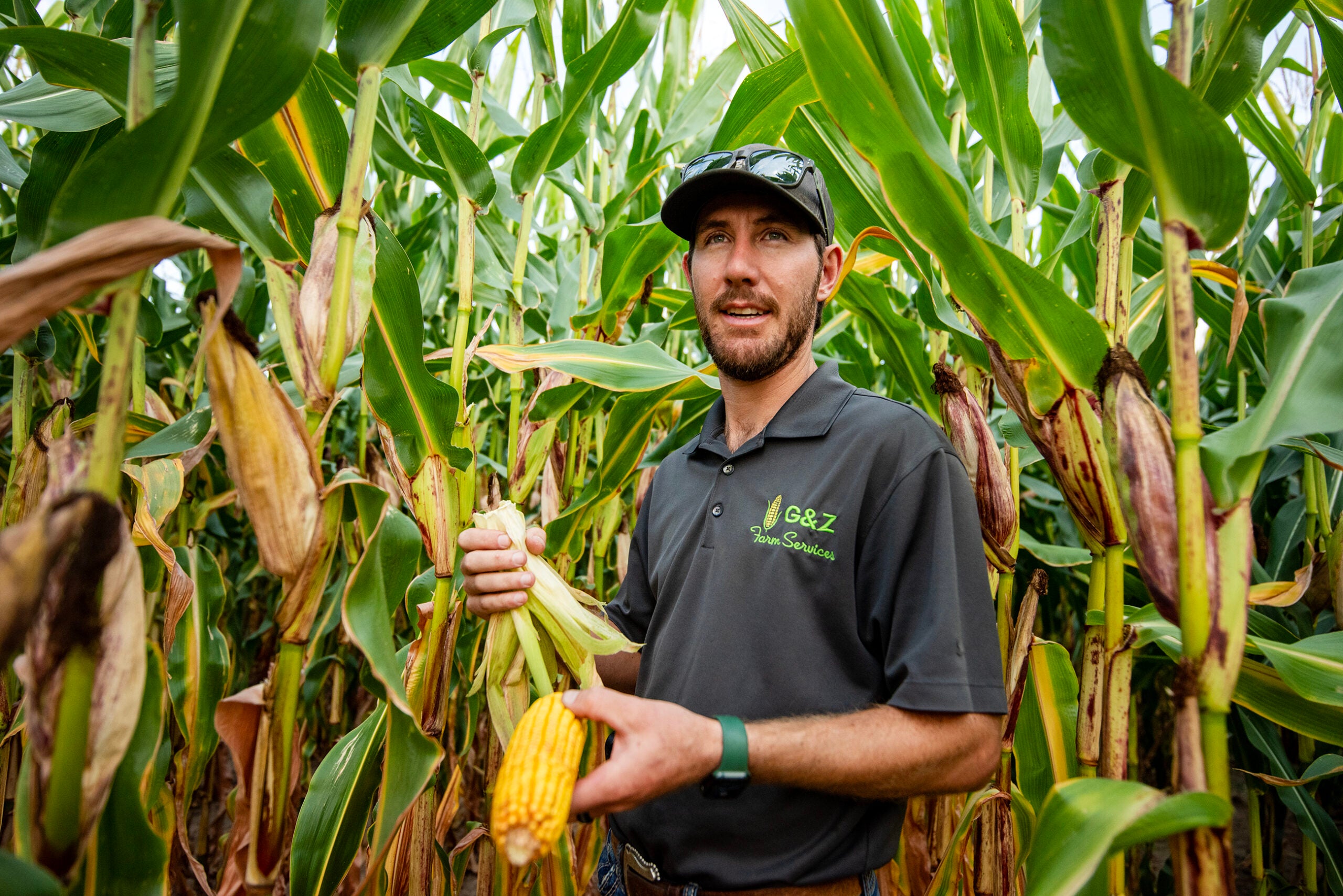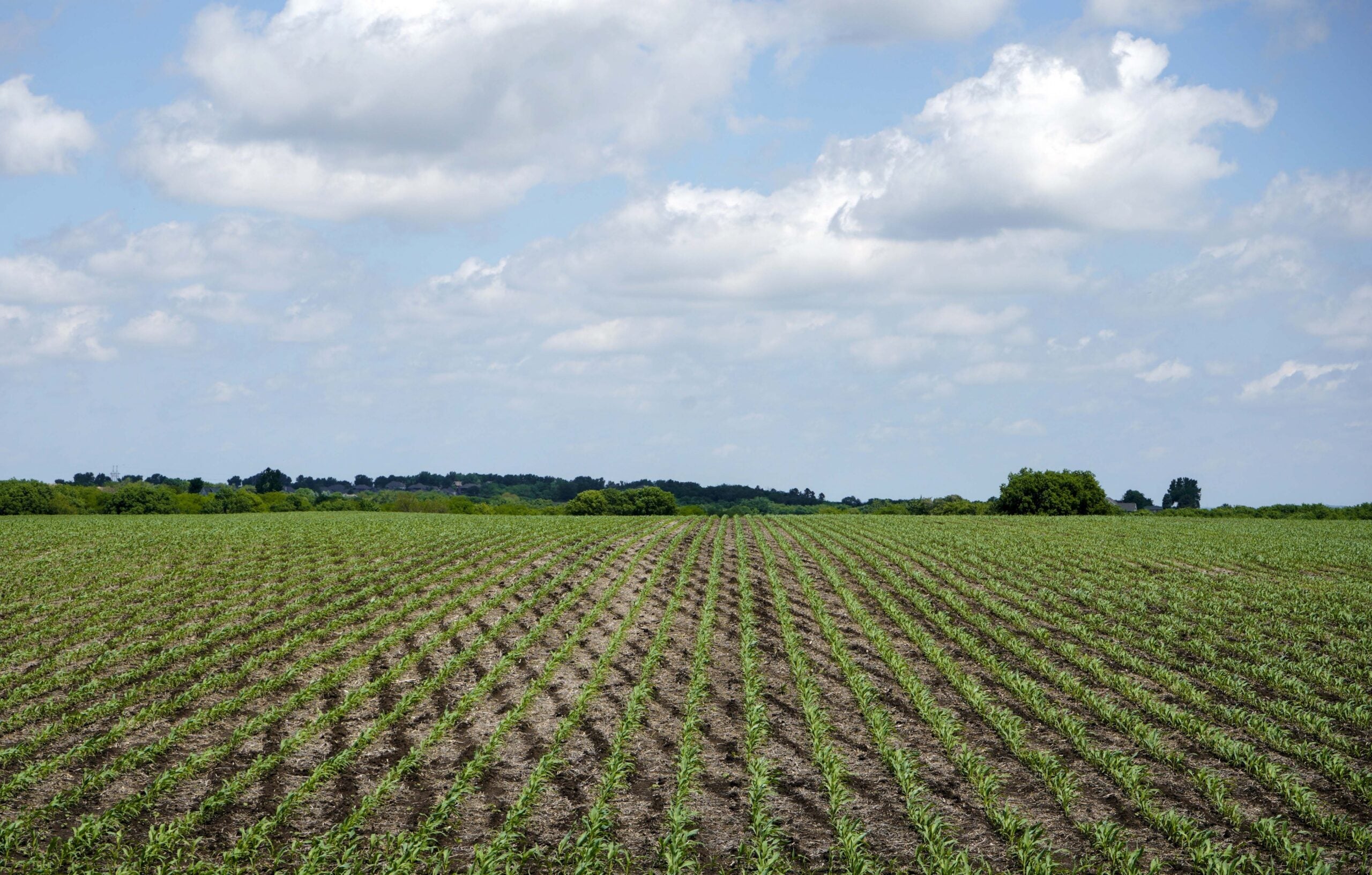New data shows agricultural bankers in Wisconsin and other Midwest states are predicting continued financial difficulties for farms.
The Federal Reserve Bank of Chicago released their quarterly report on farmland values and credit conditions this week. The district covers much of the southern half of Wisconsin, along with parts of Illinois, Indiana, Michigan and all of Iowa.
The report surveyed 170 agricultural bankers in the region and found respondents felt the value of farmland in the district from July through September was 1 percent lower than the same quarter in 2018.
News with a little more humanity
WPR’s “Wisconsin Today” newsletter keeps you connected to the state you love without feeling overwhelmed. No paywall. No agenda. No corporate filter.
The survey found Wisconsin land values were 2 percent lower than 2018 levels, after no changes during the last three quarters. Illinois saw a 1 percent decline from last year, while Iowa and Indiana land values were unchanged.
Arlin Brannstrom, retired faculty associate from the University of Wisconsin Center for Dairy Profitability, said state data from actual farmland sales in 2019 shows a more optimistic picture.
“In the state of Wisconsin, ag land values continue to hold at near record levels, at least through the first 10 months of this year,” said Brannstrom, who is also secretary for the Wisconsin Chapter of the American Society of Farm Managers and Rural Appraisers.
He said Wisconsin counties experiencing the largest population growth seem to have some of the strongest farmland prices. But Brannstrom said what has declined is the amount of farmland changing hands in the state.
“I would guess that would continue to be the case going forward. Until the commodity price situation is somewhat easier to interpret, there’s probably not going to be a lot of new agriculture land coming on the market,” Brannstrom said.
The Federal Reserve report shows ag bankers are expecting more farmland sales in the Midwest.
A third of survey respondents forecast an increase in the number of farmland transfers this winter compared to 2018, while 17 percent predicted a decline. The report also found 76 percent of responding bankers predicted that farmland values in the region would be stable for the rest of the year.
Outside of real estate, the survey found farms in Wisconsin and neighboring states continue to struggle with credit conditions.
Almost a third of bankers reported farmers were repaying non-real estate loans at a lower rate than in 2018, while just 2 percent reported an increased rate of repayment. Thirty percent of survey respondents also said renewals and extensions of farm loans were higher than last year.
The report marks the sixth straight year that repayment rates have been lower while renewals and extensions have been higher when compared to the previous year. The survey has also reported six years of higher demand for non-real estate farm loans than the previous year.
Brannstrom said years of low commodity prices have reduced the amount of working capital on farms.
“Those operators that are highly leveraged right now are in a very challenging situation and they may have to liquidate sooner rather than later,” Brannstrom said.
But he cautions broad generalizations about the solvency of farms aren’t always accurate. He said each farm has a unique financial situation and some operations are better able to weather low prices.
“I think sometimes people think no farm is making any money this year and that’s just not true. There’s some very good, very efficient cash grain operators. There’s some dairy farmers that even though milk prices have been low, they continue to be very profitable,” Brannstrom said.
The Federal Reserve survey found a third of bankers expected fewer farmers to pay off their loan in the next three to six months compared to the same quarter in 2018. More than half of respondents also predicted the number of forced sales or liquidations of farm assets to be higher in coming months than the same time last year.
Wisconsin Public Radio, © Copyright 2026, Board of Regents of the University of Wisconsin System and Wisconsin Educational Communications Board.





